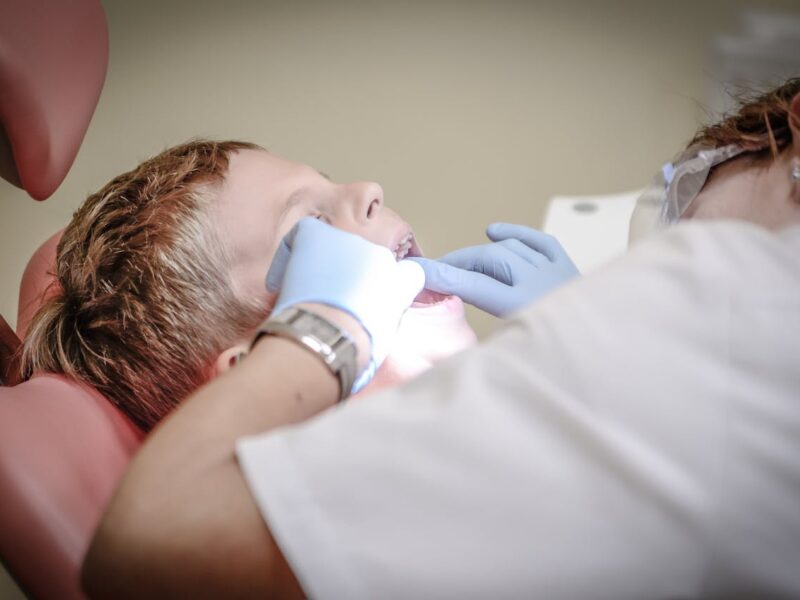Did you know that 247 million people get infected by malaria? Bed bugs have also affected millions of people worldwide.
As well as bed bugs, there are several other insects such insects. Although they’re not venomous, they certainly affect humans in a painful way.
Although it’s certainly easier not to get bitten in the first place, we know that it’s not always possible. That’s why it’s crucial to have an insect bite treatment with you at all times.
In this guide, we’ll look at some of the most common insect bite treatments. With this knowledge, you’ll be well-prepared for your next outdoor adventure. Let’s begin!
Contents
Remove Stingers Left Behind
It is important to remove the stinger as quickly as possible to reduce the risk of further discomfort and infection. The best way to remove a stinger is to scrape it off with a card or a dull butter knife. Do not use tweezers, as this can cause more inflammation and trauma to the skin.
Apply a Lotion or Cream
It helps to soothe inflamed skin and provide relief from unpleasant sensations. Most insect bite treatments contain an anti-itch ingredient, such as lidocaine, that helps relieve the pain and itching after a bite. Additionally, it can also help prevent infection from the bite.
Applying a thin layer of the treatment will work best for minor bites. However, for more severe reactions, it may be necessary to use a stronger concentration. If you’re looking for an effective cream for insect bites, cortisone cream is a good option, or you can buy aboniki balm for sale online. Be sure to read the instructions to ensure the best results.
Cold Compress With Ice
Ice, also known as cryotherapy, provides soothing relief from the discomfort of a bite. Applying ice to the area helps to reduce swelling, itching, and hives that can arise from a bite. The cold temperature causes the blood vessels to constrict and reduce any signs of inflammation.
Another way to help reduce the pain is to have a cold compress. To do this, wrap ice cubes in a cloth or paper towel and gently press them onto the affected area for 15-20 minutes.
It is important to not leave the ice on the skin for too long, and if the skin begins to feel numb, the ice should be removed. The cold compress can be repeated several times throughout the day as necessary.
Take Antihistamines and Nonprescription Pain Reliever
Antihistamines work by blocking the release of histamine, which is the chemical your body releases when it responds to an allergen. This helps to reduce inflammation and itching, both common side effects of insect bites.
Nonprescription pain relievers can help reduce swelling and discomfort. Ibuprofen is the most commonly used, but acetaminophen can also be beneficial for treating pain. Always follow the directions on the label, and if symptoms don’t improve, it’s important to see your doctor as soon as possible.
Guide on Insect Bite Treatment
Overall, it’s important to be prepared for an insect bite treatment. Use preventative measures, then consider natural treatments such as cold compresses and antiseptics. Speak to your doctor if swelling or other symptoms last more than a day.
Understanding the options available can help relieve the discomfort and enable a speedy recovery. Start opening the door to healing bug bite treatment today!
If you enjoyed this article and you are seeing how well these natural remedies can work, then check out our other articles.



